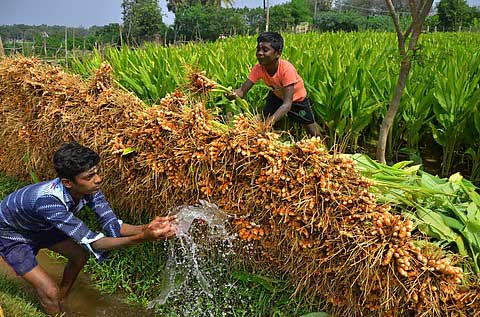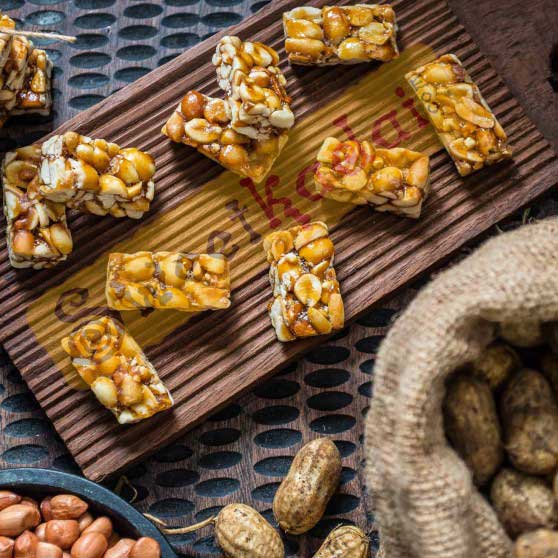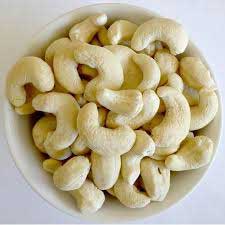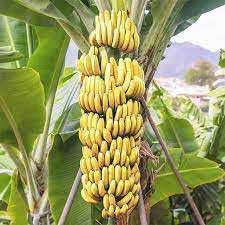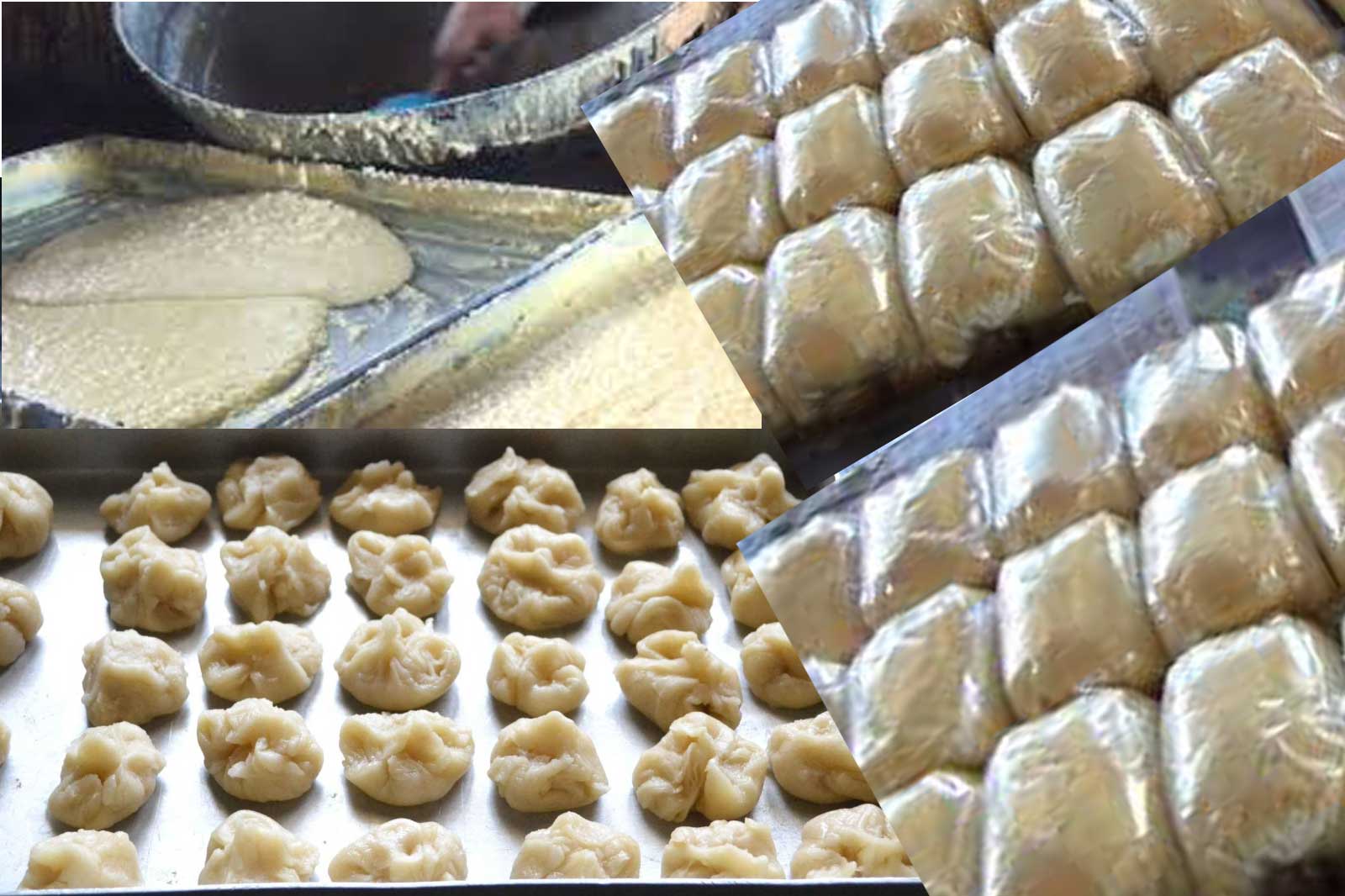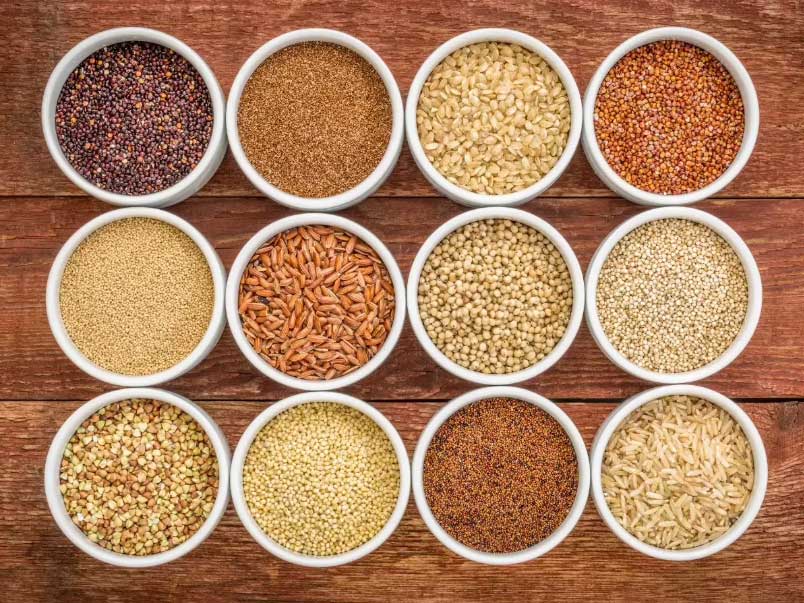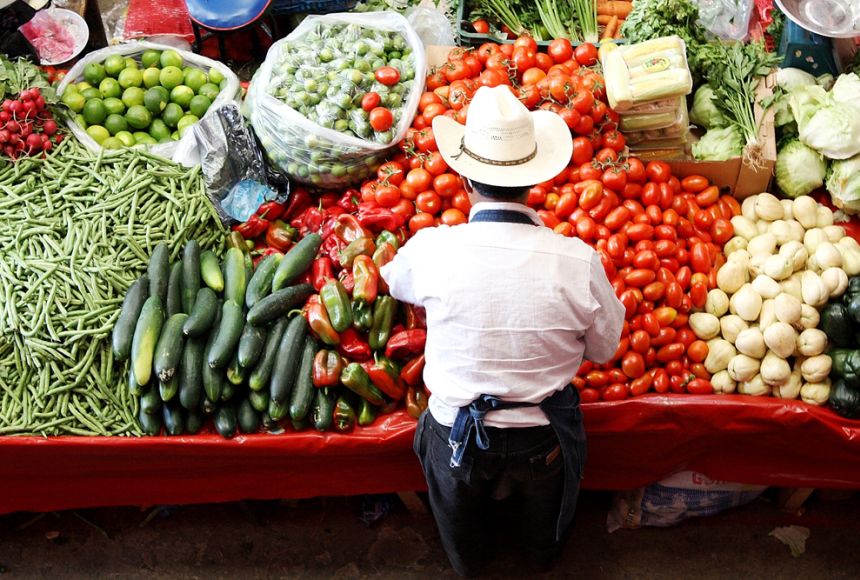
Importance of Home Grown Groceries
Home grown cereals and millets have long anchored traditional agriculture in Tamil Nadu, sustaining both land and health in semi arid and drought prone areas. Varieties such as ragi (finger millet), varagu (kodo millet), thinai (foxtail millet), samai (little millet), kambu (pearl millet), cholam (sorghum) and odhanu (barnyard millet) are drought resilient, require very little water, thrive on marginal soils, and boast rich micronutrient profiles—iron, calcium, zinc—alongside high dietary fiber, antioxidants, and plant based proteins.
Academic research highlights their antihyperglycemic, cholesterol lowering, anti hypertensive and anti inflammatory actions, which together mitigate lifestyle diseases like diabetes, cardiovascular disorders and obesity—key factors in promoting longevity Tamil Nadu’s Millet Mission (initiated in 2014–15 and relaunched in 2023) has revitalized cultivation on fallow lands, enhanced seed and processing infrastructure, and boosted farmers’ incomes—efforts that preserve agro biodiversity while reinforcing public health. By replacing polished rice and wheat with locally grown, nutrient dense millets, rural households reclaim ancestral dietary wisdom, support sustainable agriculture, and potentially extend healthy human lifespan.
- Raw rice (pacha arisi)
- Raw rice (pacha arisi)
- Idli/dosa/boiled rice
- Wheat flour (godhumai maavu)
- Rice flour (arisi maavu)
- Toor dal
- Urad dal
- Moong dal
- Chana dal & others (e.g. masoor)
- Sesame (gingelly) oil
- Coconut oil
- Refined or groundnut oil
- Sago/javvarisi
- Poha/vermicelli/seva
- Coffee/tea powder
- Sugar/Jaggery
Millets of Tamil Nadu
Tamil Nadu has long cultivated a wide diversity of home-grown millets, reviving ancestral farming traditions while advancing health and ecological resilience. Here's their significance:
Resilient, climate-smart agriculture
Varieties like ragi (finger millet), cholam (sorghum), kambu (pearl millet), thenai (foxtail millet), samai (little millet), varagu (kodo millet), pani varagu (proso millet), and kudhiraivali (barnyard millet) thrive in drought-prone, marginal soils with minimal water and agrochemicals
Nutrient-dense ‘nutri-cereals’
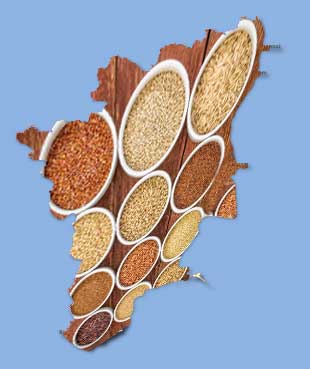
These grains far exceed rice and wheat in micronutrients—offering iron, calcium, zinc, vitamins, fiber, and antioxidants. For instance, finger millet contains eight times more calcium, while barnyard and pearl millets are rich in iron, and foxtail millet is high in zinc.
Health benefits & longevity
Low glycemic index and gluten-free nature, along with bioactive compounds (flavonoids, phenolics, anthocyanins), support blood sugar regulation, lower cholesterol and blood pressure, and offer anti-inflammatory and antioxidant protection—fostering wellness and healthy aging
Public health & nutrition strides
Small millet–based health mixes in Coimbatore schools raised hemoglobin, height, and weight among children—evidencing direct nutritional gains
Mission-driven cultivation revitalization
Tamil Nadu’s Millet Mission (launched 2014–15, renewed 2023) doubled cultivation area and production via subsidies, farmer training, improved hulling equipment, and awareness campaigns—transforming fallow land and boosting farmer incomes
Market opportunities & value-addition
Rising demand is enabling production of millet-based flours, ready-to-cook mixes, snacks, and even functional bakery products—creating new income streams for rural entrepreneurs


